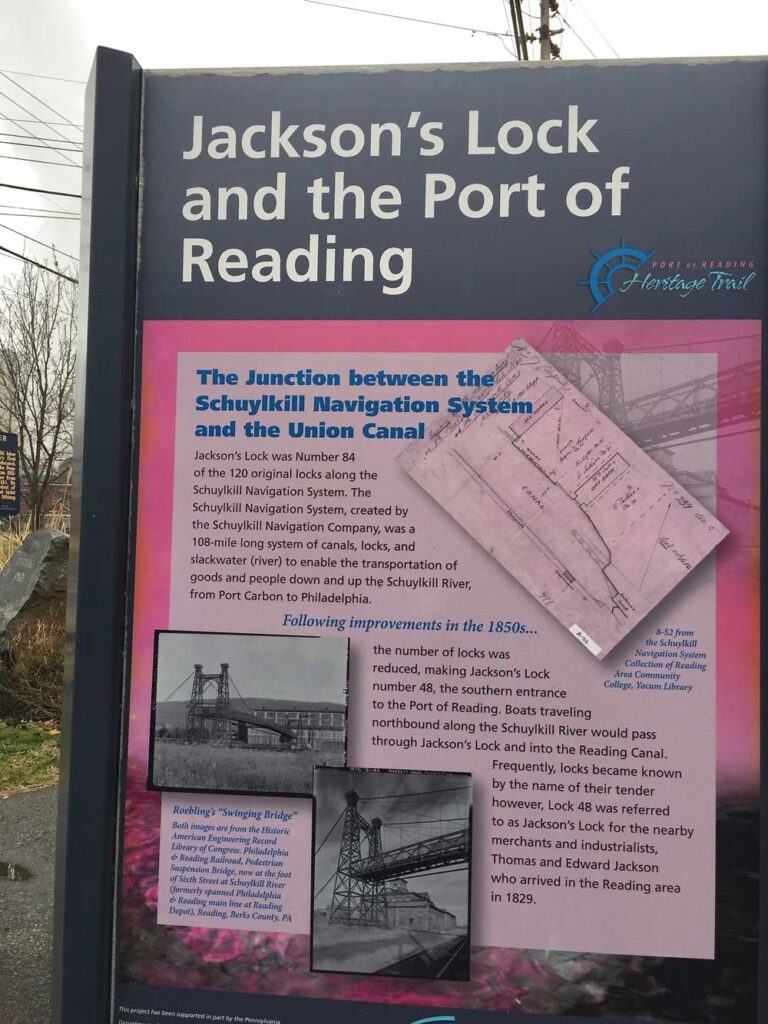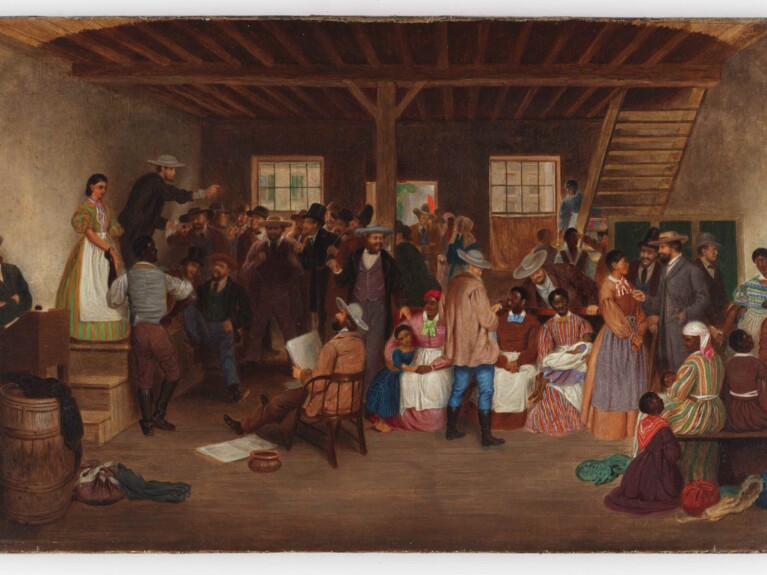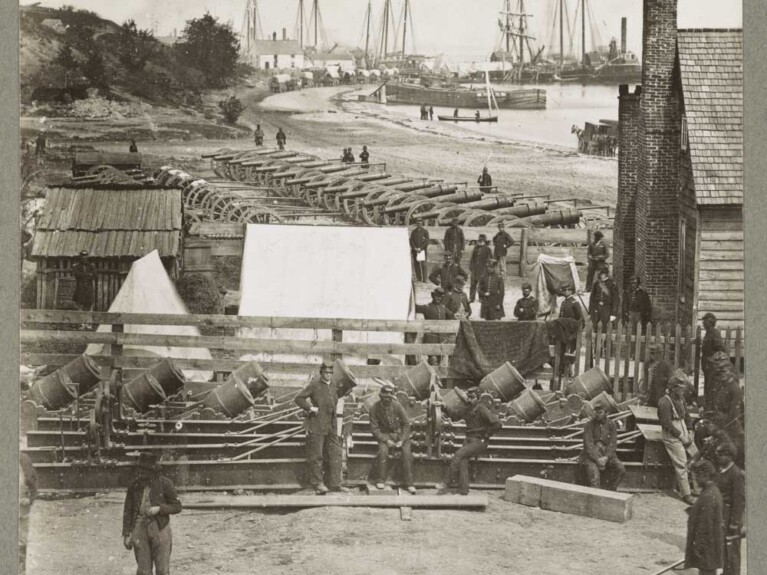Arrival in Reading

Thomas Jackson’s first rope manufactory was a shed 16 ft X 8 ft built by entirely hand and located near this lock (still bears his name). A flood in 1839 did about $2000 of damage but he re-built only to have a bigger flood on January 7th, 1841 wipe the whole building away! Source: The Passing Scene: Stories of Old-Time Reading & Berks by George M. Meiser and Gloria Jean Meiser. Vol 2. P.56
This 1882 plan view including the lock near where Thomas Jackson started his business is well worth studying. The lock tender’s shanty is an easy point of reference in both the above pictures.
Note that TJ had already shown his enterprise by opening a “Jackson Store” and a hotel near the lock so that boat owners could become customers as they waited for the waters in the lock to fill and empty. The newly created Boat & Horse Hotel created by TJ seems to be matched by a new Temperance Club just a few yards away across the canal.
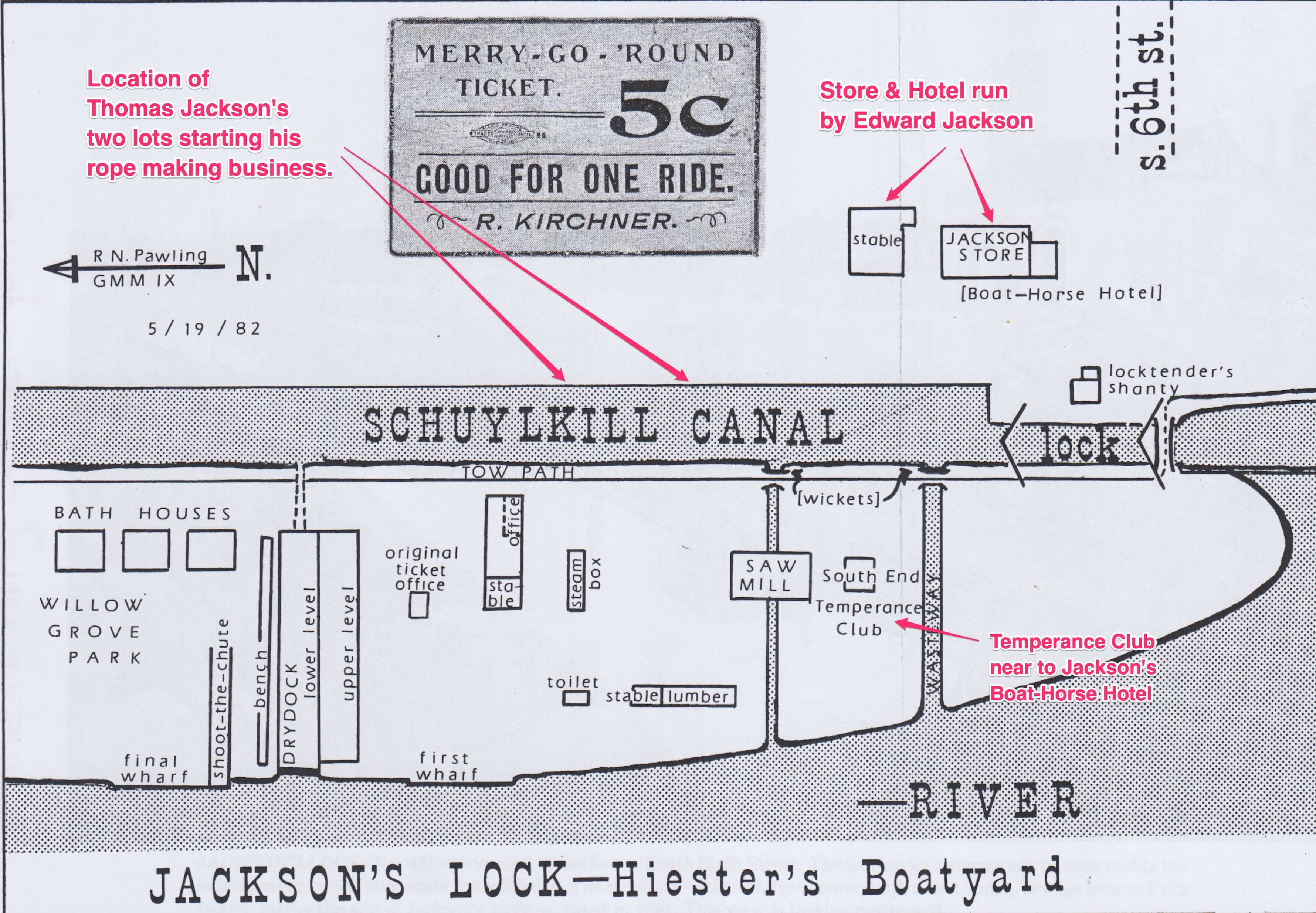
Source: The Passing Scene: Stories of Old-Time Reading & Berks by George M. Meiser and Gloria Jean Meiser. Vol 2. P.54
Newspaper article of 1870-10-09 including an interview with Thomas Jackson vividly describing his challenges following his first arrival in US and attempting to start a rope making business from scratch. He was clearly determined, resilient, versatile and very capable. As a further indication of his exceptionally creative character, our resources section shows copies of three patents that he took out associated with his businesses.
Thomas Jackson, the proprietor of the establishment, is a self made man, whose history is one of the many instances which demonstrate what may be accomplished by steady industry and perseverance. He is a native of Derbyshire in the north of England, and was brought up to the rope making trade, in which business his line was engaged for several generations. He emigrated to this country, in company with his brother Edward – also a rope maker by trade – in 1829, at the age of 22. The two landed in Philadelphia, where at that day there were four large rope walks, in none of which, however, could they succeed in getting employment. The design of Mr. Jackson was to work as a journeyman until he could accumulate sufficient capital to start in business for himself. All his stock in trade consisted at that time of a small chest of carpenter’s tools, his personal effects and a few dollars in money.
While out one day, uncertain as to what course to take, the two wandered out to Fairmount. Here they observed the Schuylkill canal, and inquired whither it lead. Foreseeing a market for tow lines, they set out to explore, and after two days travel on foot and by the boats, they arrived at Reading. Here they saw the Union canal, and “here” says Mr. Jackson, “I said we must stop,” the junction of two canals being too important a location for their business to be overlooked. They cast about for a place to pitch a rope walk, and fixed upon the site of the present city gas works, at Fifth and Canal streets, near what was then the outlet lock, on ground owned by the Navigation Company.
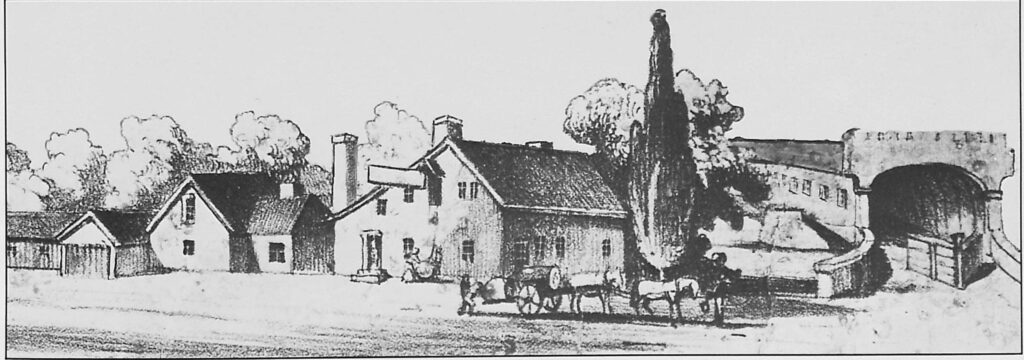
Thomas Jackson’s second rope walk, higher than the first and near a covered bridge. It too was totally washed away in 1850 causing him to move and start all over again.
Mr. Jackson then paid a visit to Mr. Samuel Griscom, the Superintendent at that time of the Schuylkill canal, made himself known, and said he wanted to rent the ground he had already looked at. Mr. Griscom, who was a Quaker, scrutinizing him, said “Thee won’t do any good here; there are three rope makers here now, and they are all poor.” Jackson replied that he was poor too, and must get at his business or he would soon be out of the little means he had. Mr. Griscom then said he should go and mark off what he wanted, and he would come and see it.
Riding down to the place on horseback, when the rude survey had been completed, the Superintendent said, “Thee has pitched upon a rough spot.” Mr. Griscom gave him permission to occupy the ground at a rent of half a dollar a month, adding “Thee may give it up any time thee pleases, for I know thee will do no good,” evidently having no very strong faith in the new enterprise.
With the small means which they had in hand, the brothers went to work, cut from the woods their scantling and timber, and built a shed 16 feet long and 8 feet wide to contain their contrivances and materials. For a whole year they worked at their toil, exposed alike to the heat of the summer and the snows of winter. They sold their rope to the boatmen, and the first year’s sales reached $1500.
They were enabled with the proceeds to build a walk one hundred feet in length, which they continued to occupy at Mr. Griscom’s liberal rent of half a dollar a month, for seven years, during which they worked hard, saved, and accumulated. In 1836 they were compelled to remove by the opening of the streets.
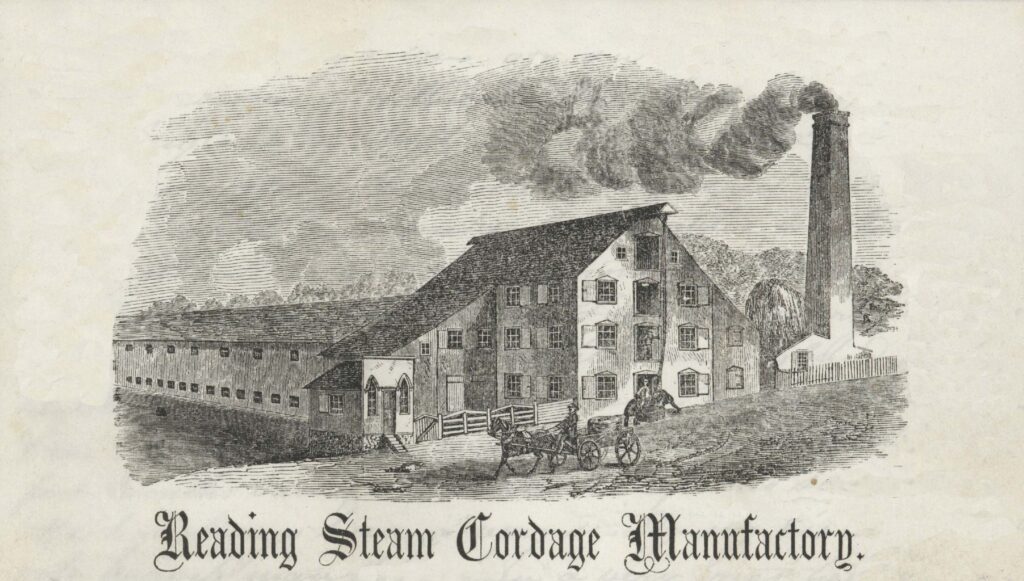
Thomas Jackson’s third ropewalk. This was near the railroad terminal, well away from the water. It was the first to have powerful steam engine to drive it.
About this time the brothers dissolved partnership, Edward going into the store business at the locks, while Thomas continued the rope making, locating a new walk, 600 feet long and 12 feet wide, on the lower part of the island below the Lancaster bridge. He also obtained charge of the locks which bear his name, at the foot of Sixth street, which he carried on in connection with the rope making business for some eighteen years. He soon found to his cost that the Island was a precarious situation for manufacturing business.
A freshet on the 20th of January 1839 did him about $2000 damage, and on the 7th of January, 1841, the walk was carried away. He then located at the upper end of the island, where the ground was about six feet higher, and introduced horse power machinery. From this new location his walk was again swept away, root and branch, by the great freshet of September 2, 1850, which also carried off his house and other buildings at the locks. He then built the present rope walk in the winter of 1850-51, and introduced steam machinery in 1855, greatly increasing its capacity.
By the exercise of the industry and perseverance which characterized him from the beginning, he has secured a fair share of business prosperity.
Extract from Reading Times Newspaper, Friday Morning, September 9, 1870
The Jackson Lock still exists today and is featured in Reading’s Heritage Trail. This historical marker actually shows where Thomas and his brother Edward started their first company back in 1829.
Read More Thomas Jackson Letters

